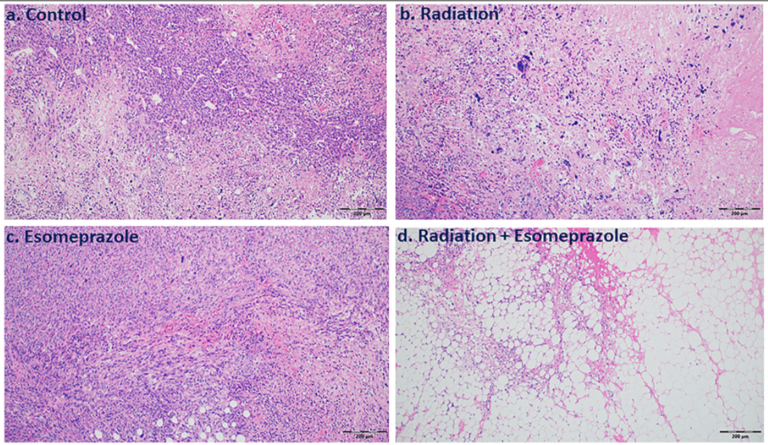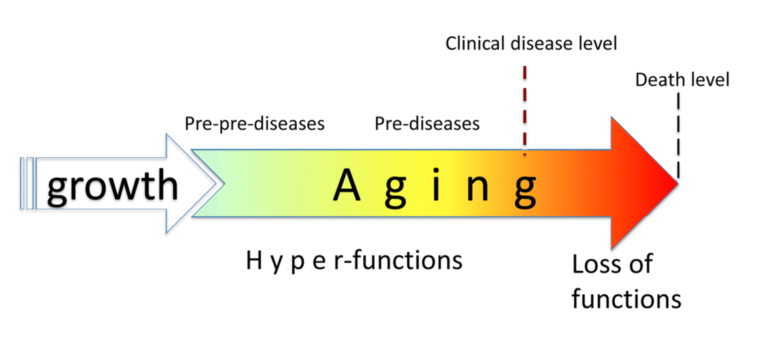Rapamycin: The Miracle Compound From Easter Island
Aging
July 8, 2021
Our bodies are quite miraculous machines. We are born with a genome that contains the code for every protein necessary for survival. We develop and produce hormones that allow us to reproduce and have children. But what happens to us as we age? This question has puzzled scientists for years while they offer theory after theory.
In 1957, evolutionary biologist George Williams proposed what he called the antagonistic pleiotropy hypothesis as a theory of how and why we age. He claimed that our bodies express a gene that has benefits for our early life, but that same gene will harm us later on. His hypothesis has inspired aging research and led to a story about a chemical discovered deep within the dirt of an island floating in the Pacific.
From the Dirt
In 1964, Canadian researchers, led by Stanley Skoryna from McGill University, set sail out of Halifax for Easter Island—a speck of land floating 2,000 miles off the coast of Chile, where human population is small but life is diverse. They were hoping to retrieve precious specimens from the island before its land was tarnished with the building of a new airport. Stanley and his team collected hundreds of plant samples, countless animal specimens, and took blood and saliva from all 949 of the island’s residents.
What they found buried in the dirt on Easter Island would turn out to be the biggest treasure of all: a bacteria that would mystify scientists for the next 50 years. This bacteria was found to create a chemical now known as rapamycin, cleverly named after Easter Island’s native name, Rapa Nui.
Longevity Properties
Since its discovery, research teams have worked tirelessly to show that rapamycin can actually extend the lifespan of laboratory mice. The importance of this finding lies in the fact that it increases maximum life span, not just average lifespan. Rapamycin is one of a kind in this way, extending lifespan in already-old mice by a third.
Rapamycin’s discovery has led to other quite amazing implications in medicine, being used to treat yeast infections, to inhibit cancer growths, to treat various cancers, and to aid in the recovery of kidney transplant patients.
Research surrounding rapamycin has also led to the discovery of the target of rapamycin (TOR) pathway. TOR is simply a protein and its related gene that rapamycin targets. Its pathway has been associated with age-related diseases like cancer, Alzheimer’s, Parkinson’s, type-2 diabetes, and osteoporosis. The discovery of the TOR genes has opened a new door, one that shows scientists where to send drugs for age-related diseases.
TOR is a Nutrient Sensor
Here’s how it works: We eat, sparking TOR activity, promoting cells to grow and divide, producing proteins that our bodies need. We stop eating, and these processes settle down to conserve energy; TOR activity slows, so does cell growth and division. At the same time, autophagy starts to kick in—our cells rid themselves of all the built up garbage they accumulate with time. Food comes back, and the process starts all over again.
Let’s use type-2 diabetes as an example. It turns out that insulin, an important hormone released by the pancreas, is related to the TOR pathway. Overeating triggers near-constant TOR activity, making cells less sensitive to insulin when it is released. Eventually, cells become resistant to insulin levels, leading to detrimentally high blood sugar levels and causing things like diabetes and heart problems.
TOR and Age-Related Disease
Scientists have known for years that calorie restriction extends lifespan. In 1935, nutritionist Clive McCay of Cornell University showed that putting young rats on near-starvation diets made them extremely long-lived. Similar studies have been done on our closer relatives, monkeys. Cutting their calorie intake by a third in early life has shown a boost in maximum lifespan by 30% to 40%.
In the early 2000s, scientists discovered that this calorie restriction might be mimicked by genetically suppressing TOR synthesis; that is, turning its activity down. It suggests that aging, thought to be an extremely complex science, might be slowed by altering one single gene.
One of the most influential theories surrounding TOR and calorie restriction process comes from Mikhail Blagosklonny, an adjunct faculty member at the Roswell Park Comprehensive Cancer Center and the Editor-in-Chief of Aging, Oncotarget, Oncoscience, and Cell Cycle. His theory proposes that TOR, an essential pathway for development and reproduction in mammals, becomes the driving force behind aging once we have reached maturity.
This brings us back to George William’s explanation of aging—that our bodies depend on one protein for our survival, and that same protein causes aging and death later in life. In other words, aging is caused by a ‘two-faced gene’ that is beneficial early in life, and harmful later on.
Mimicking the effects that rapamycin have on mice could add five to 10 years to human life, scientists say. Boosting life expectancy to this degree would require also tackling the age-related diseases that are becoming more and more prevalent. Scientists say we must find drugs to combat these diseases; drugs that promote healthy living, not only longer living.
—
Aging is an open-access journal that publishes high-quality research papers bi-monthly in all fields of aging research and other topics. These papers are available to read at no cost to readers on Aging-us.com. Open-access journals offer information that has the potential to benefit our communities from the inside out and may be shared with friends, neighbors, colleagues, and other researchers, far and wide.
For media inquiries, please contact media@impactjournals.com.

